SPX MPU is a general-purpose SBC with the following features:
MC68302@16MHz with SPI and 3 SCC,
256K bytes boot flash,
2 Megabytes application flash,
768KB static RAM plus 256KB RAM backed by super capacitor for a total of 1 Megabyte RAM,
82C55 programmable peripheral interface,
68692 Dual UART,
Real time clock,
16 discrete inputs,
Connect to backplane via 96-pin DIN41612 connector,
48V to 5V DC/DC converter ,
Power consumption at 5V is 250mA nominal.
Chronological list of projects
Flashback, exploring the salvaged SPX MPU board
Paradigm Shift, A different way to reverse engineering the SPX MPU board
From PC board to Schematic, technique to extract netlist from pc board
Hijacked, taking control over the original software
A Working Monitor/Debugger, installing my own monitor/debugger
porting CP/M-68K part 1, 4-part projects on porting CP/M68K to MPU302
Let There Be Light, a project with MPU302, adding 7-segment display to expansion port
 Plasmode
Plasmode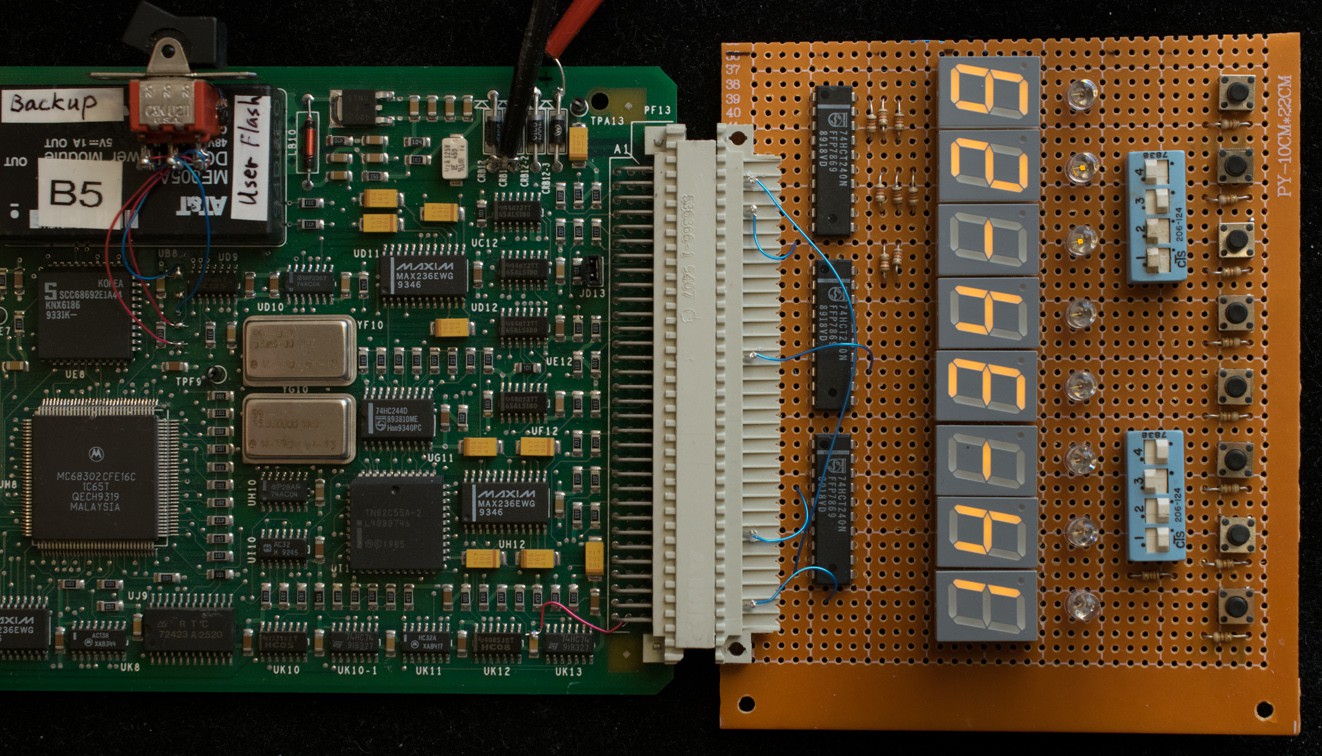



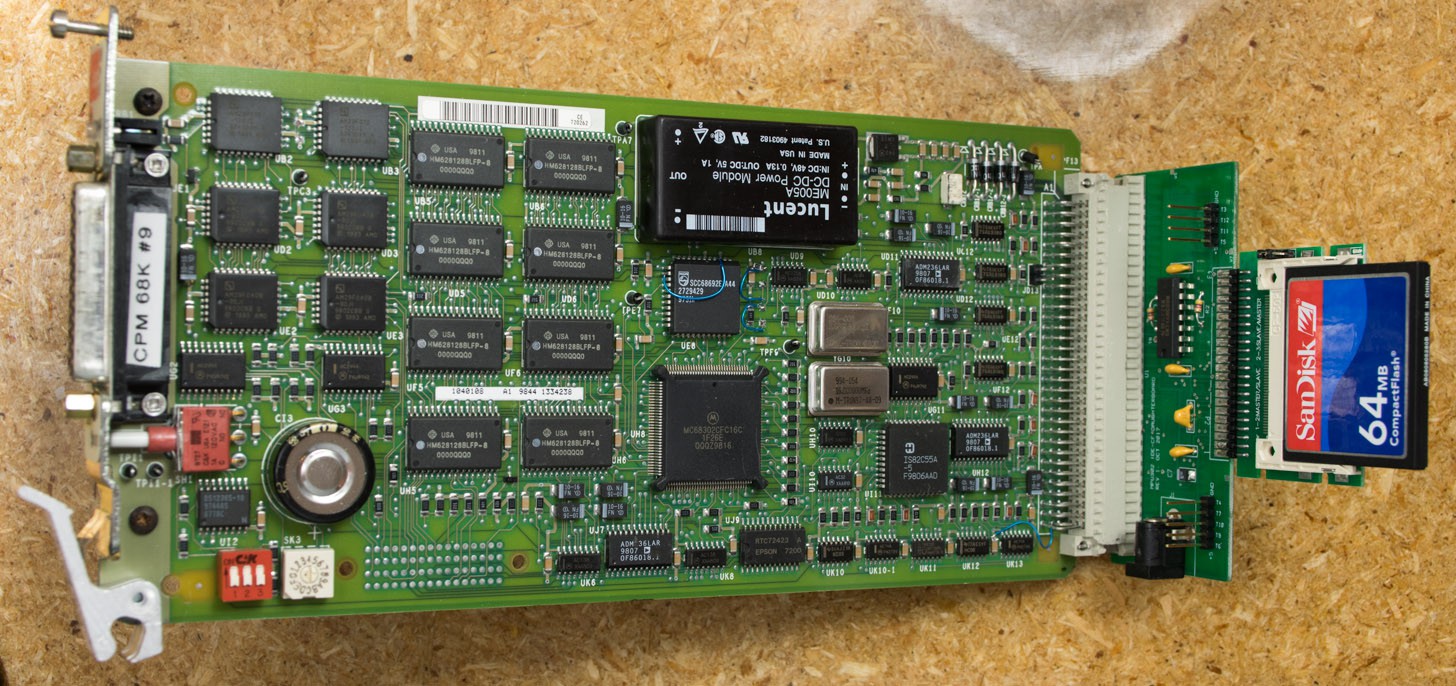

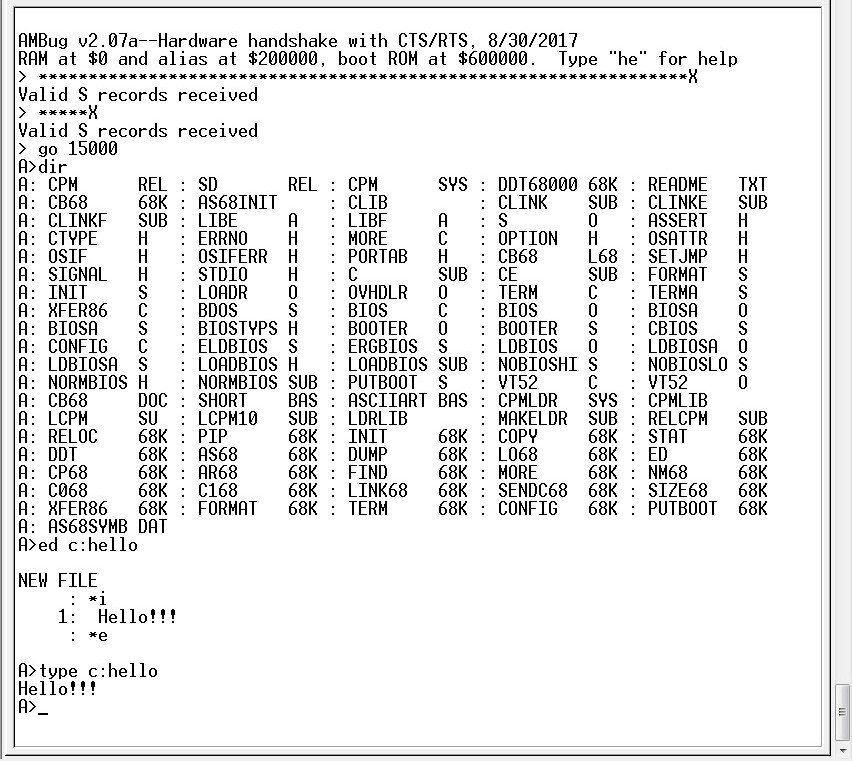
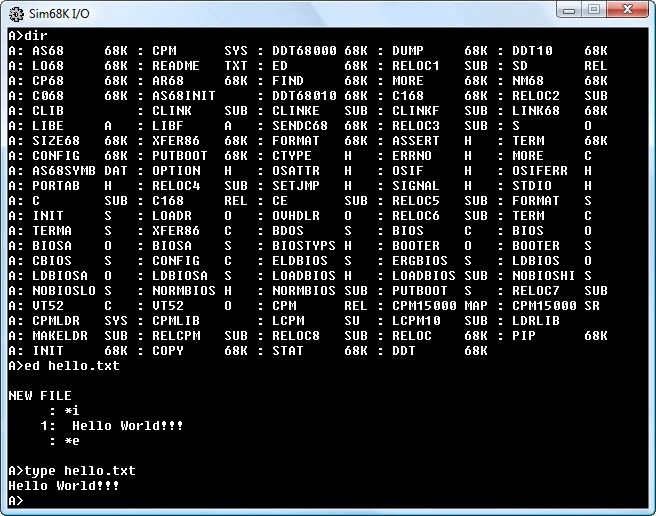
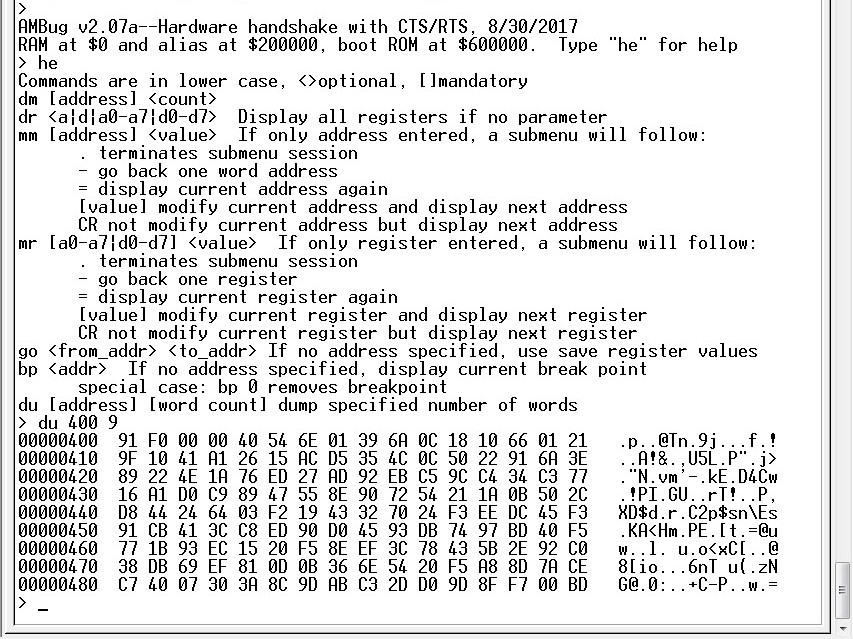
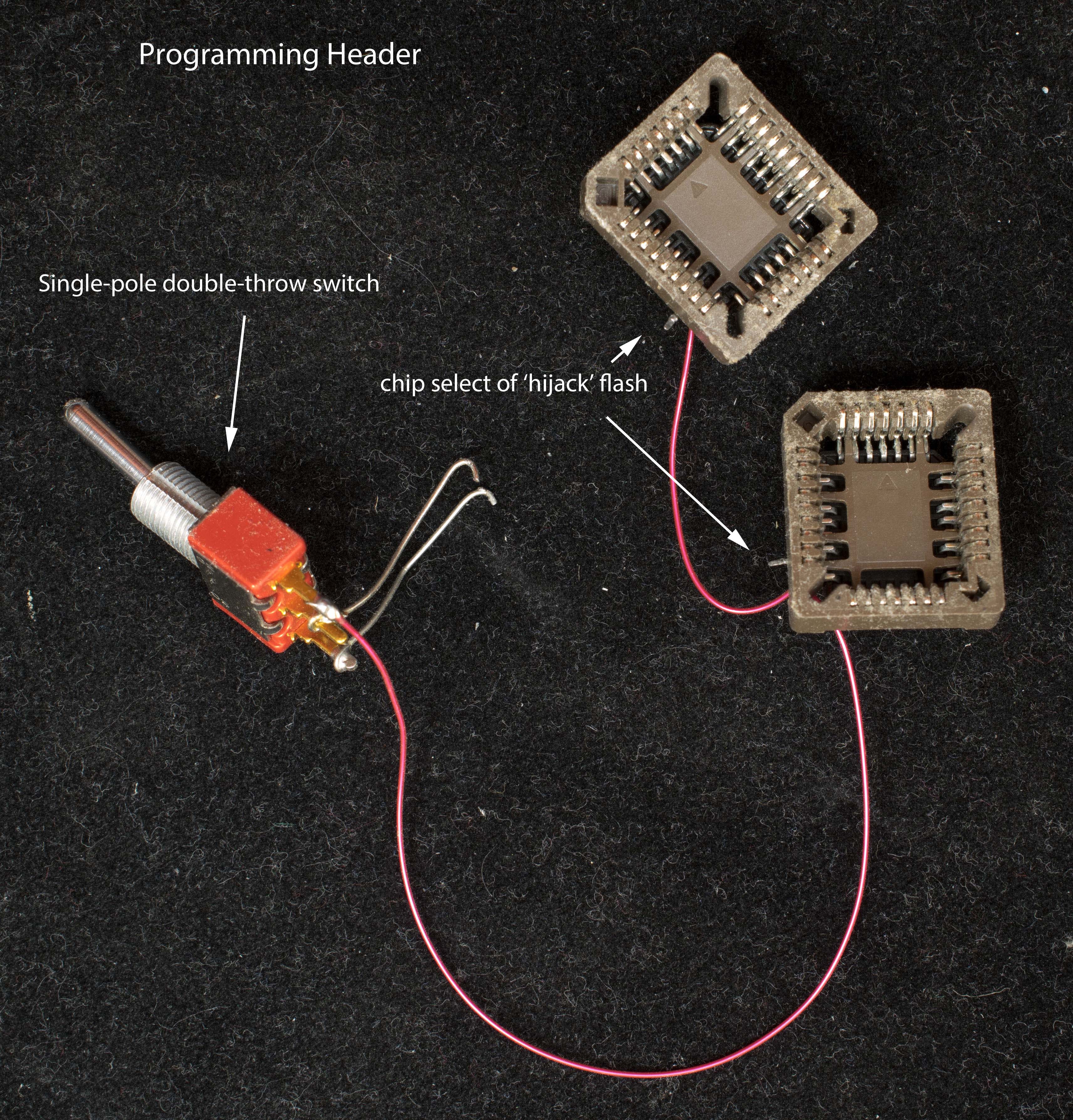
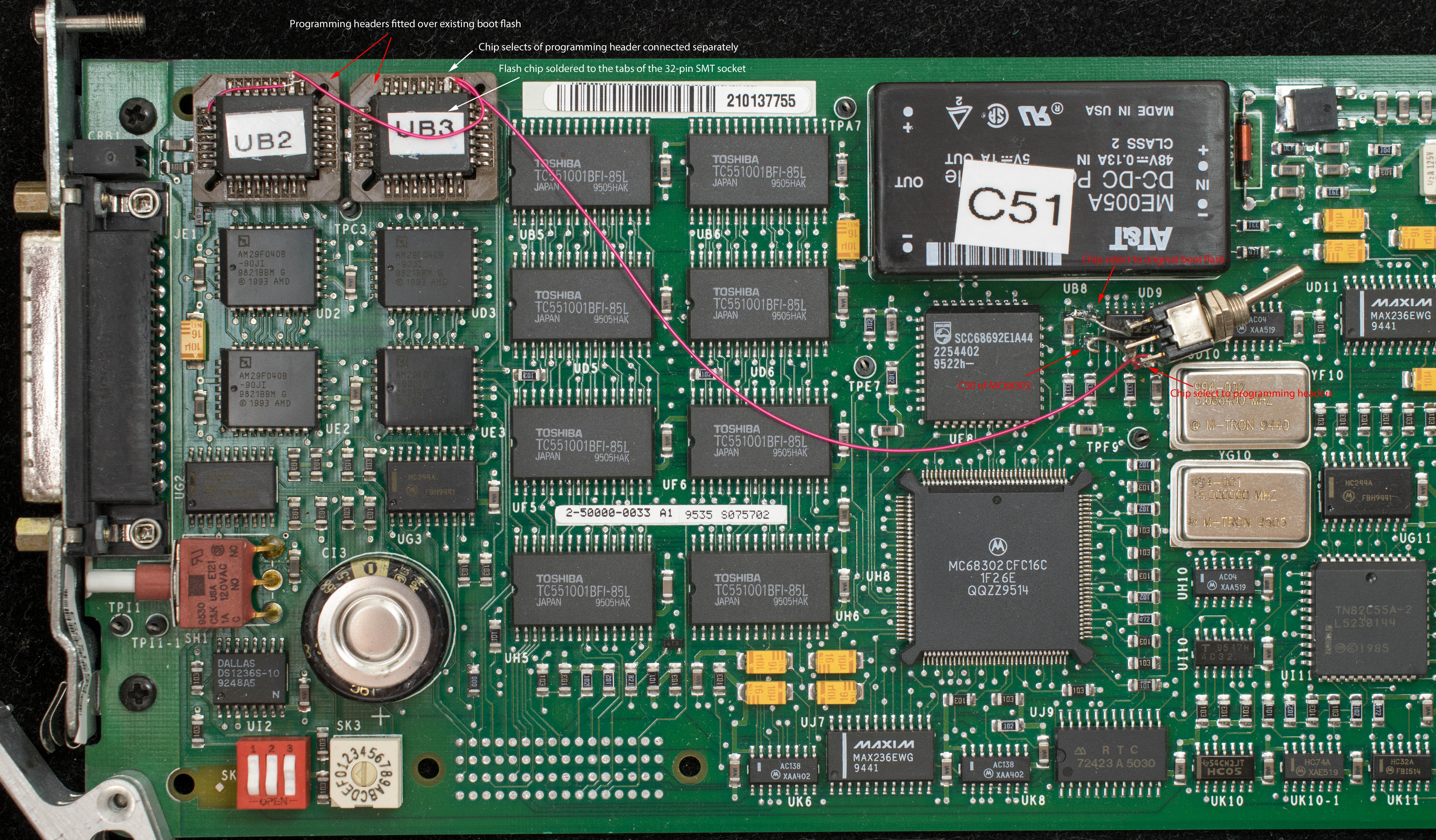


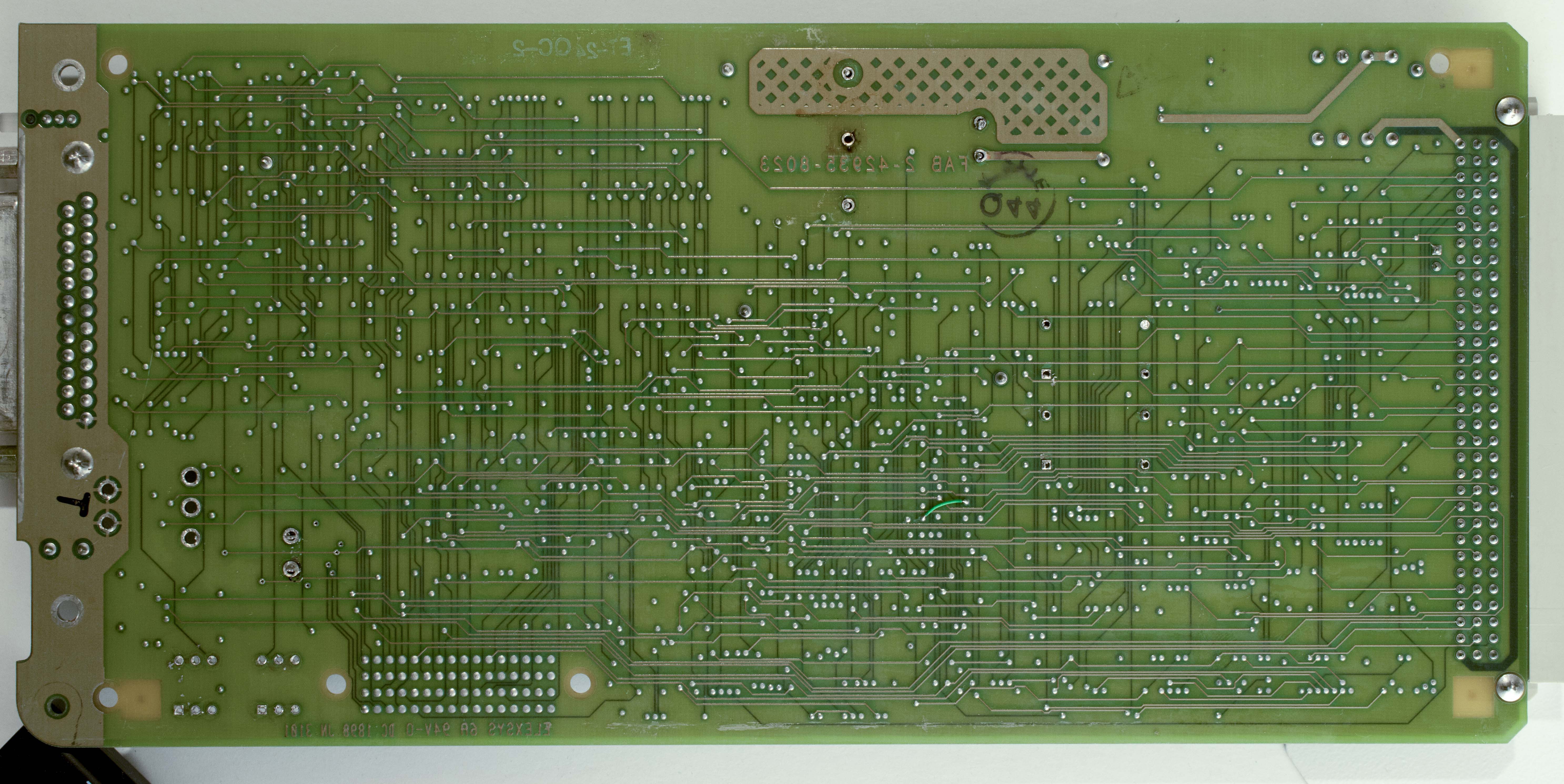


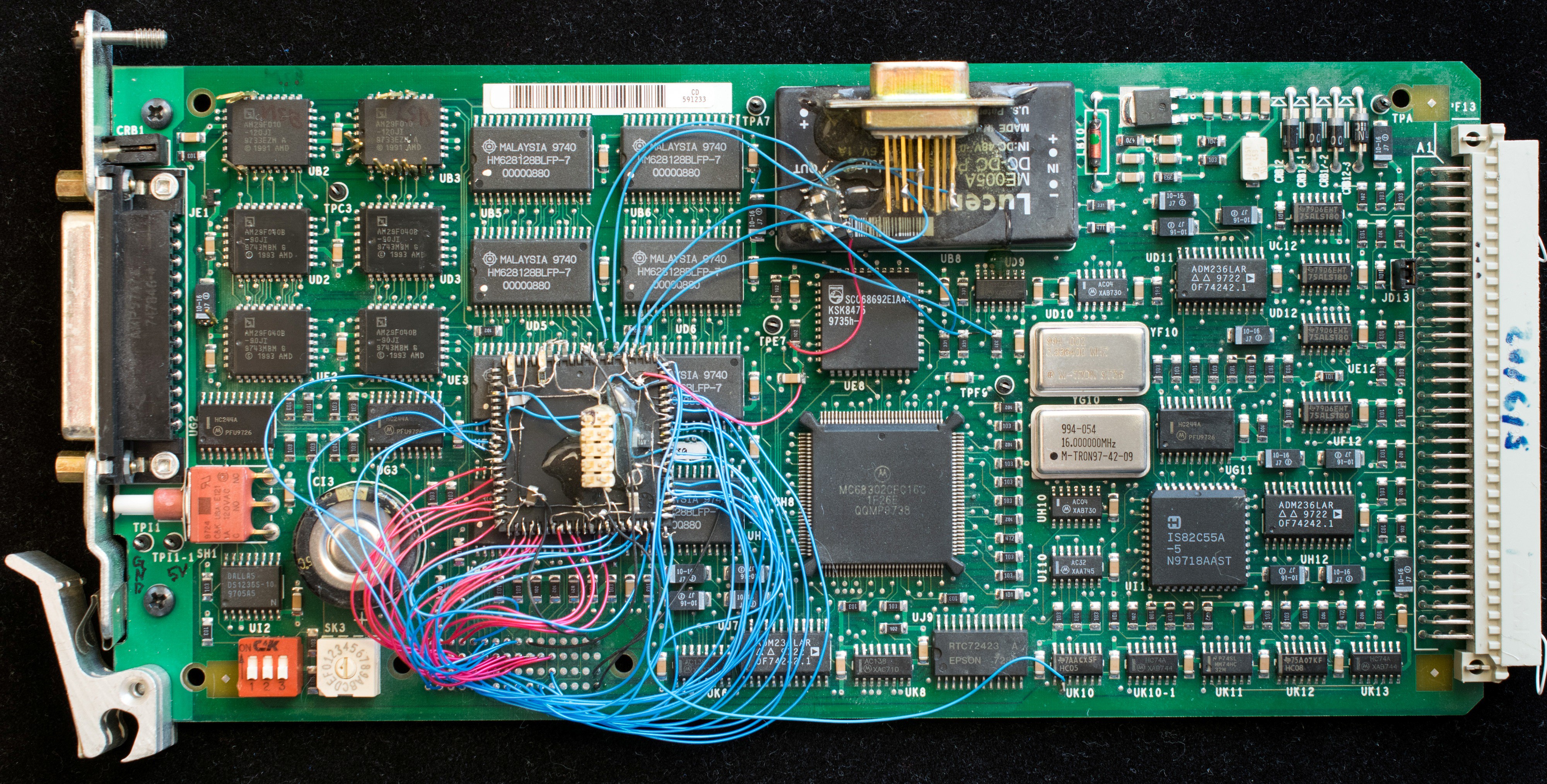
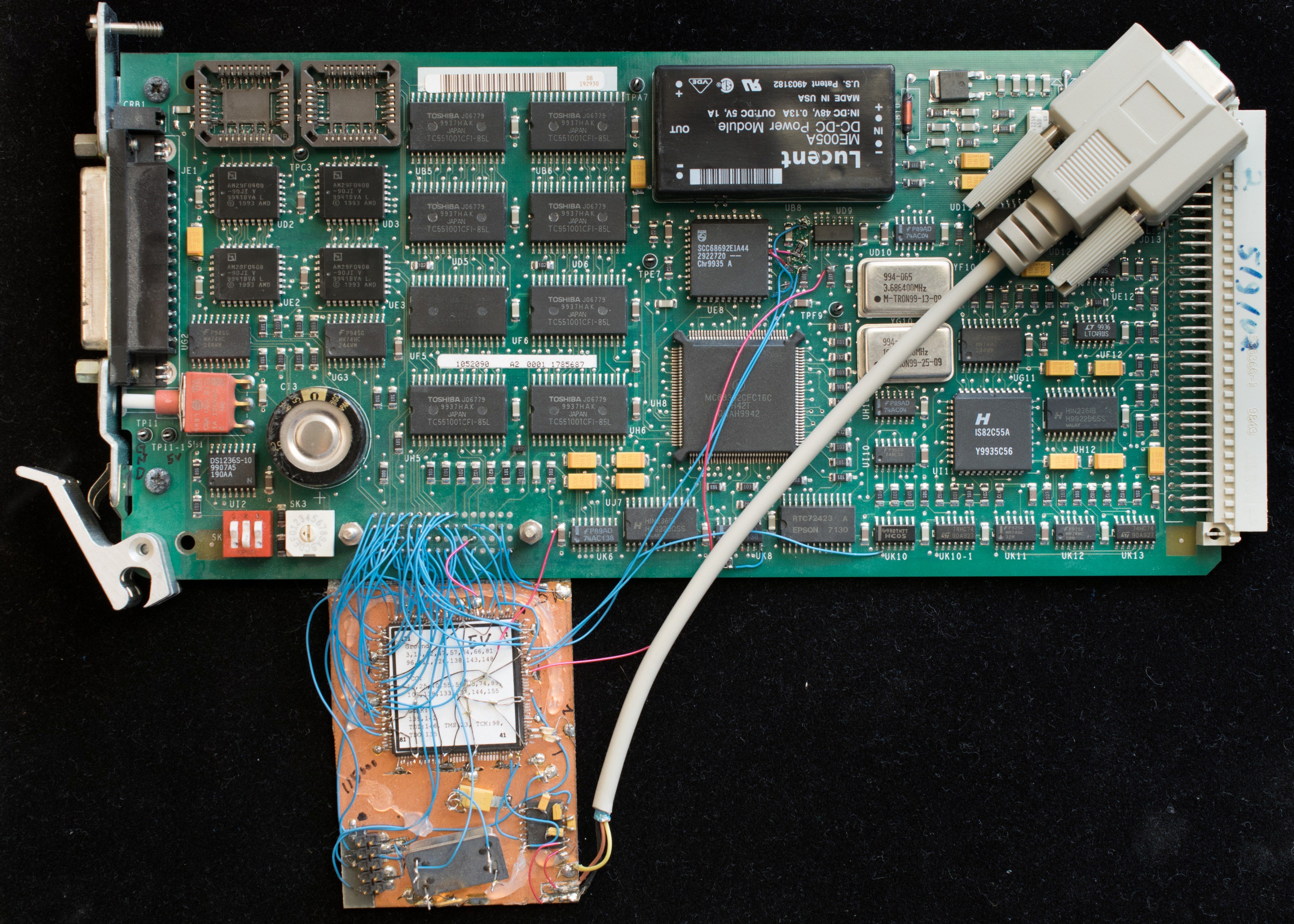
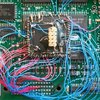




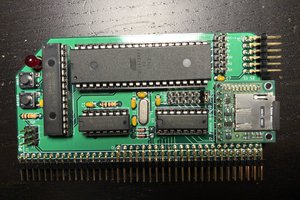
 J.B. Langston
J.B. Langston
Hi,
Are you looking for a SonePlex SPX-MPU board? I just list it on eBay, but it is the original unmodified board. Let me know if you are interested in board modified for CP/M68K.
You also mentioned 68030 SBC. I've designed one and it is in development stage. I don't have one ready for sale.